Amboli has vibrant nightlife. Or so we heard. And we were looking forward for a glimpse of it. The wettest place in Maharashtra has its charms during the day, too. In 3 days, we could enjoy both.
The term biodiversity has become a well-worn expression, used by all and sundry without really understanding or appreciating its intensity and depth. For some, it means wilderness or a patch of greenery. (What about our precious deserts?) We even have senior forest officers thinking of building artificial nests for birds displaced out of their natural habitat when trees are cut for widening highways. (A community labour room?). And forest ministers claiming planting new trees can compensate the lost forest cover when dams are built. Then, we have the CSR initiatives where trees are indiscriminately planted on grasslands. (Grasslands have grass and no trees for a reason, right?)
That the term biodiversity is vast, deep, and varied was our greatest learning from the 3-day herpetofauna trip to Ambolighat in Western Ghats in Maharashtra, thanks to Nature India’s expert naturalists Adesh and Mandar, with whom we do most of our nature exploration trips. Study tour would be a better term to describe these trips. In Amboli, we also had Shaunak Pal, a scientist with Bombay Natural History Society (BNHS) as our field guide. Tagging along with these passionate people in weather that alternated between rain and mist through the dark and deep forests of Amboli opened up a whole new world to us.
It made us also realise the intricate connection among the multitude of elements and how less do we know about our natural ecosystem.
Take for instance, frogs. Over the 3 days, we were introduced to 10 different species of frogs and toads, most of them endemic to Western Ghats or some even endemic to the Amboli region itself. The Malabar gliding frog, a tree frog that lays eggs on branches overhanging still water only so that on hatching, the tadpoles fall into the water and survive. The Amboli toad (aka yellow tiger toad because of the tiger-like stripes on its body) that can breed only in rocky pools on laterite rocks, the microhabitat required for the survival of its tadpoles. The wrinkled frog that lays eggs on branches hanging above streams; its tadpoles need flowing water to survive.
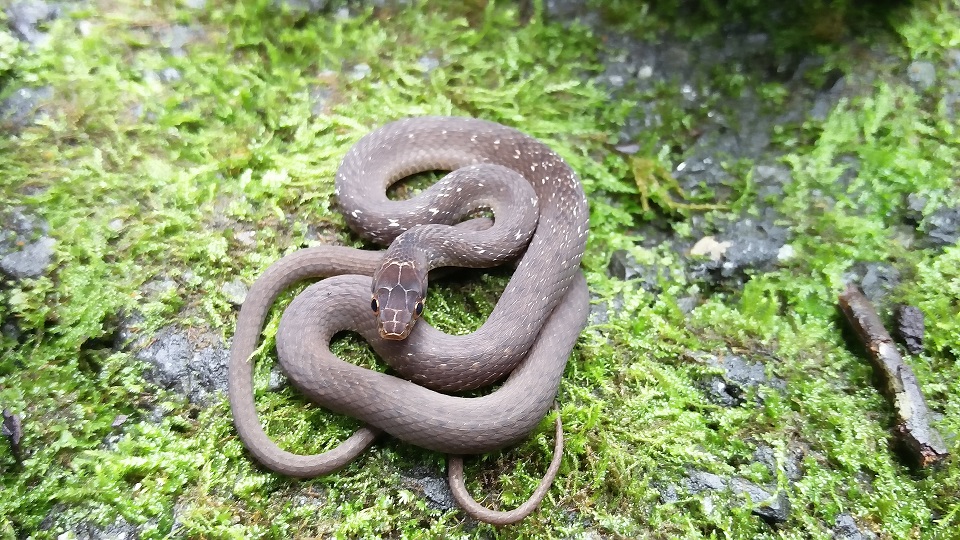
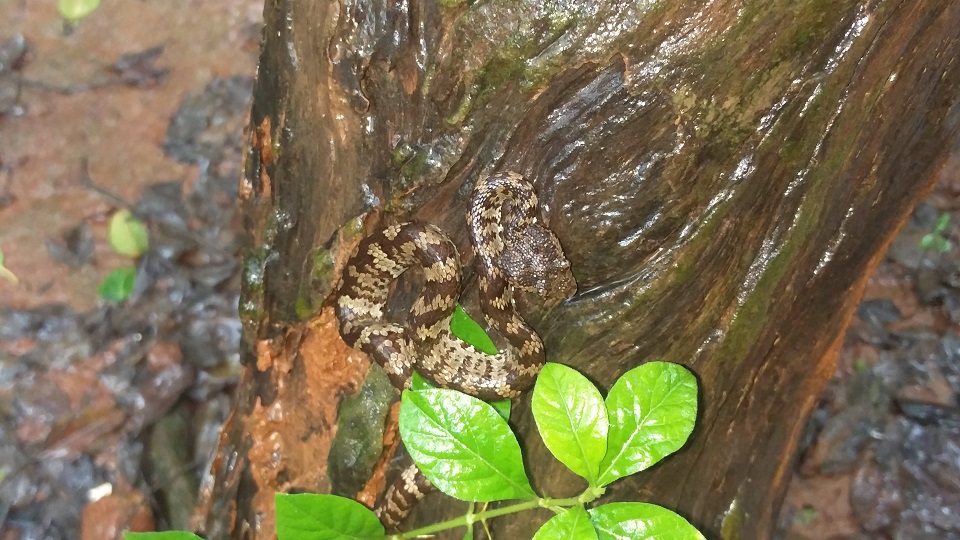

The Amboli bush frog thrives on shrubbery, whereas the Bombay bush frog (aka typewriter frog) survives at a little more higher level on trees or bushes. The Indian rock/leaping frog lives and lays eggs on crevices in rocks and trees.
Not to left behind are the lizards in Amboli. Prashadi gecko or Bombay leaf-toed gecko, white banded ground gecko, Roux’s forest calotes, dwarf gecko, and Brook’s gecko. Called lizards in general, each of these has unique and intricate features and specific territory that we can only marvel at the staggering variety of life forms in nature.
Bioluminescent fungus was an amazing find during a nightwalk. The pieces of dead wood that glow in dark but looks like any other rotting wood made sure our jaws remained dropped for a while. Caterpillar of Atlas moth, purple crab, pill millipede, glowworm, scutigera (pre-historic centipede), and swamp eel are some of the other fascinating creatures that enthralled us.


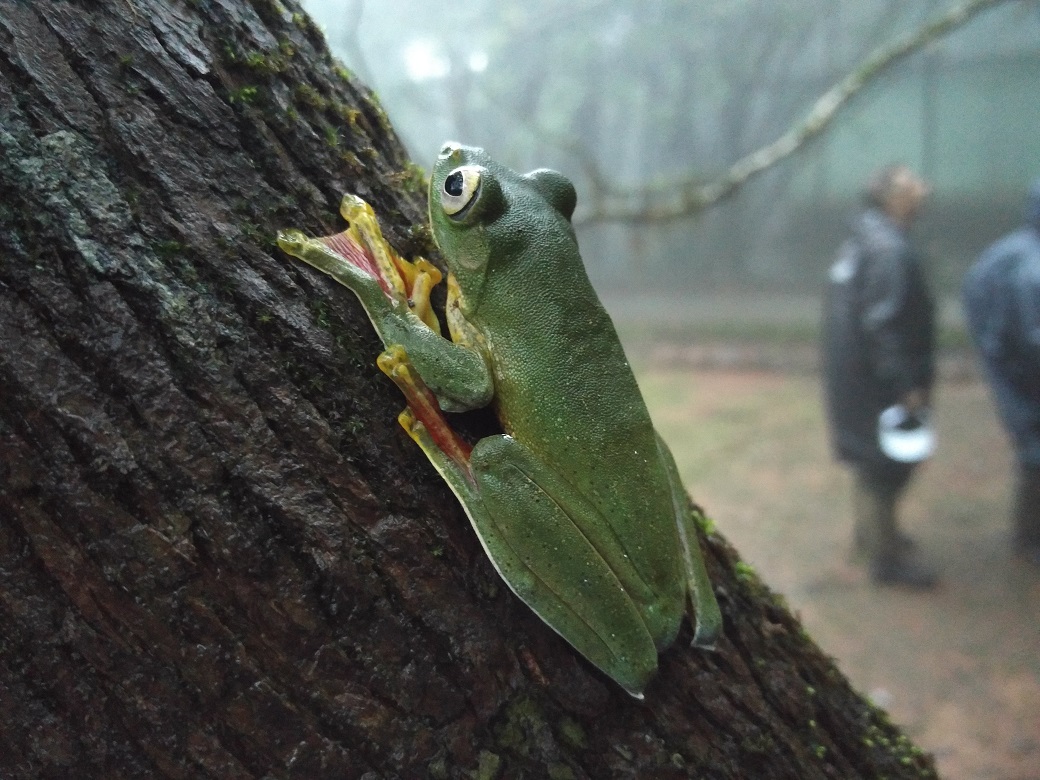
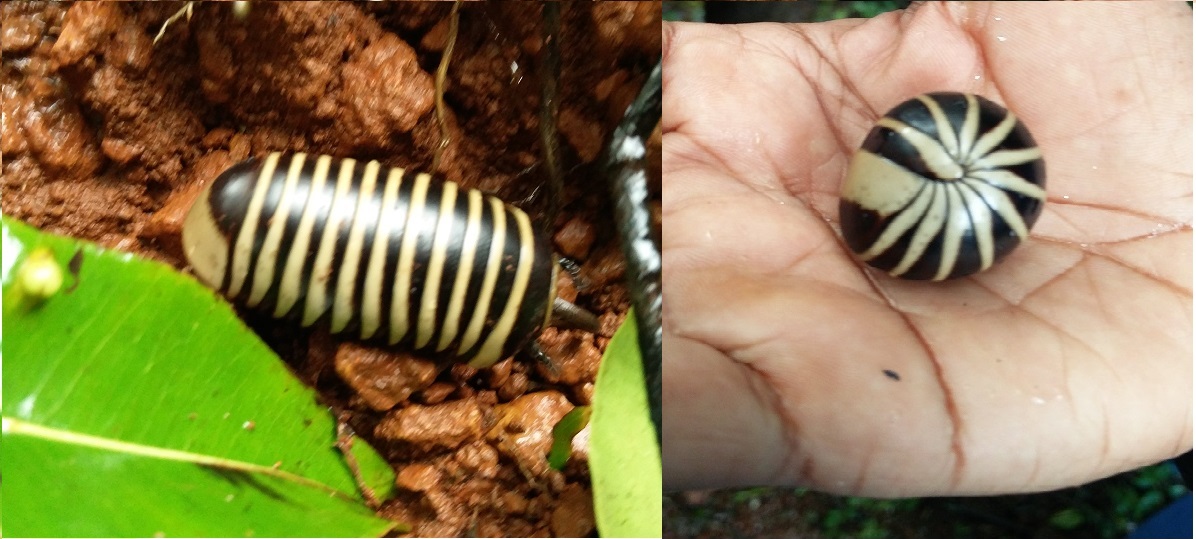
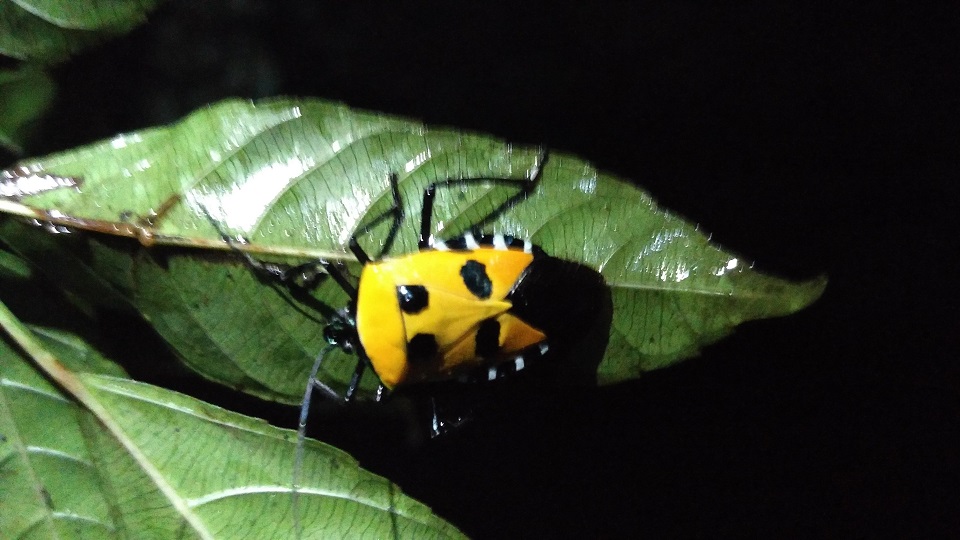

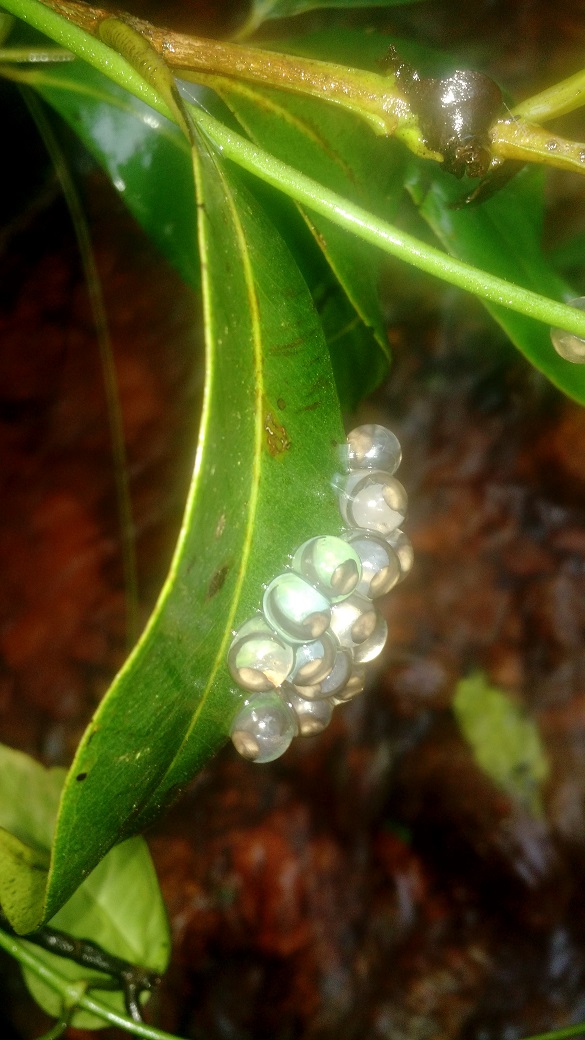



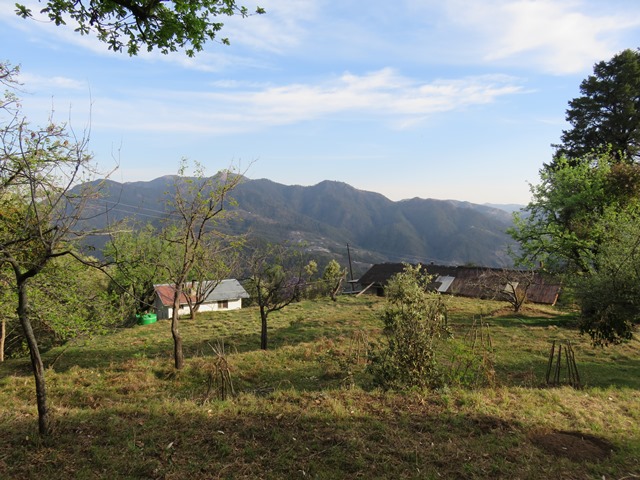

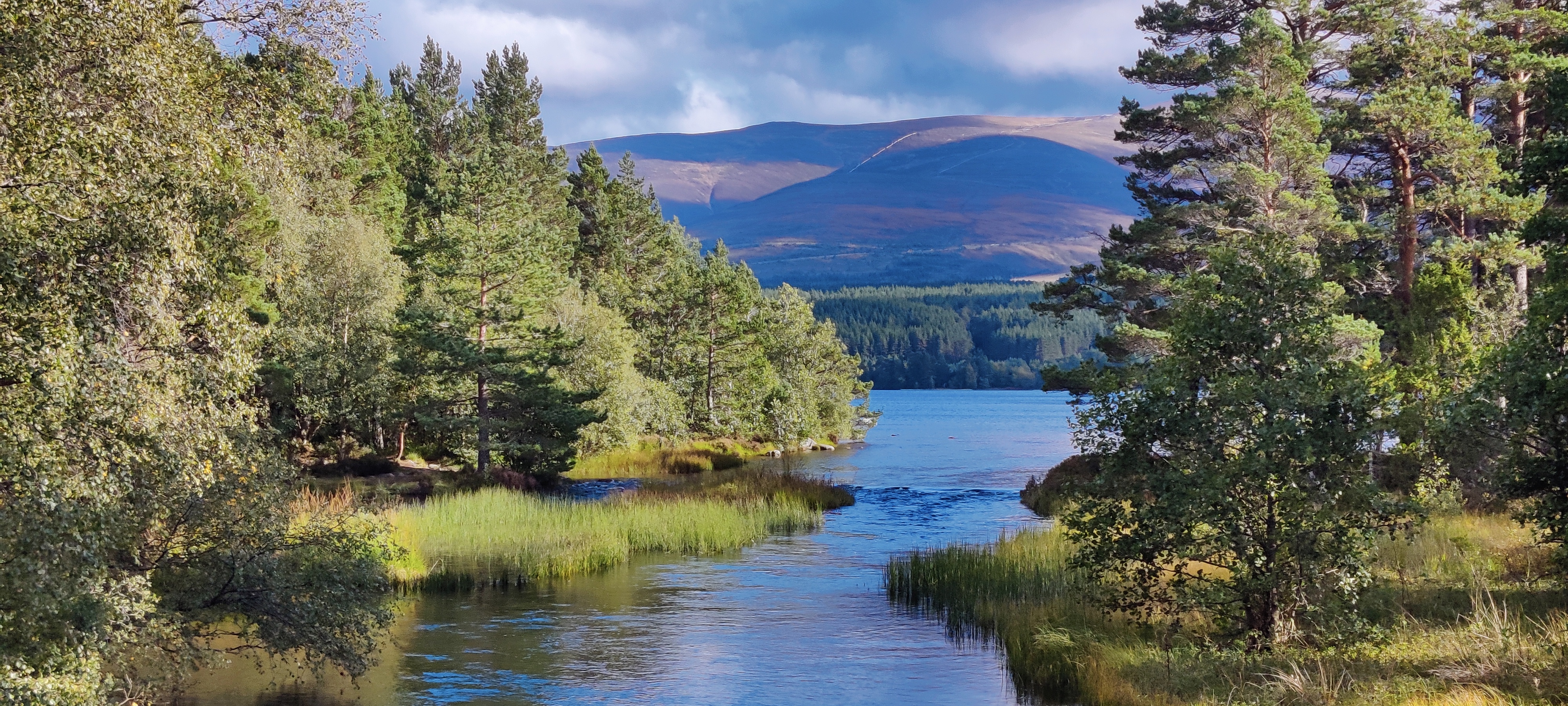
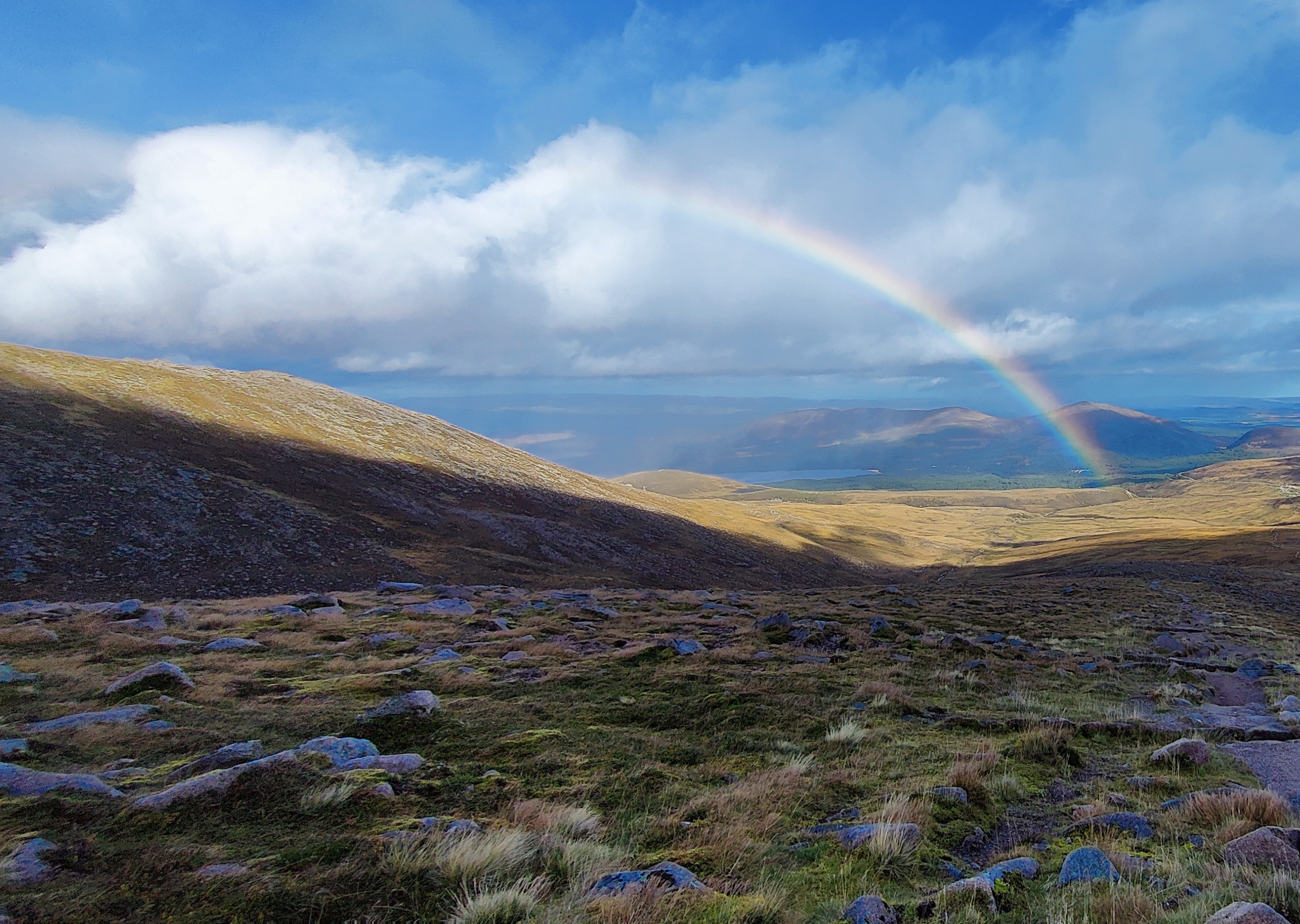
Totally loved this summary of your visit.
Thank you for the appreciative comments.